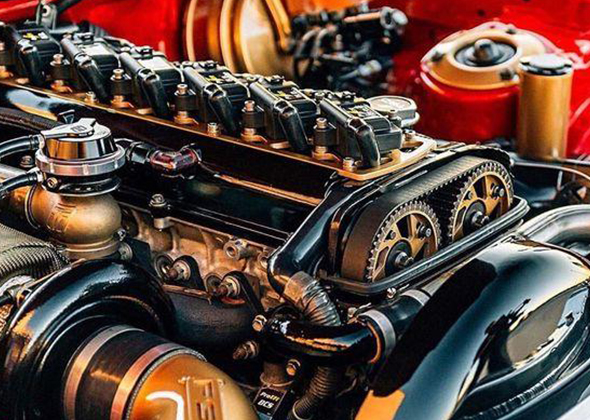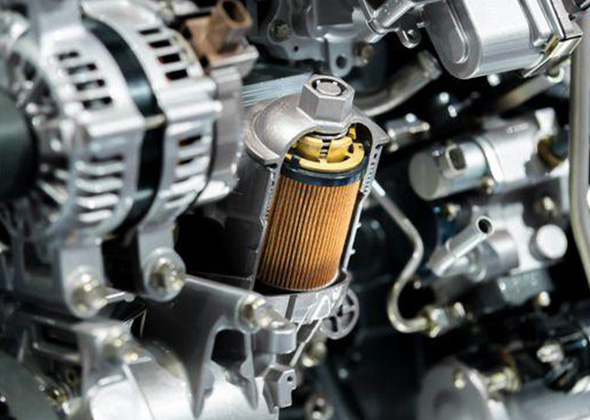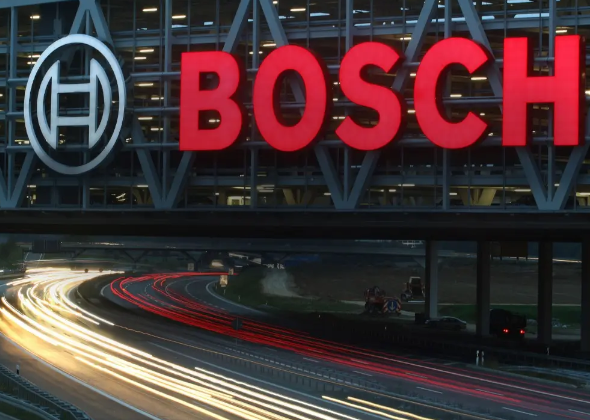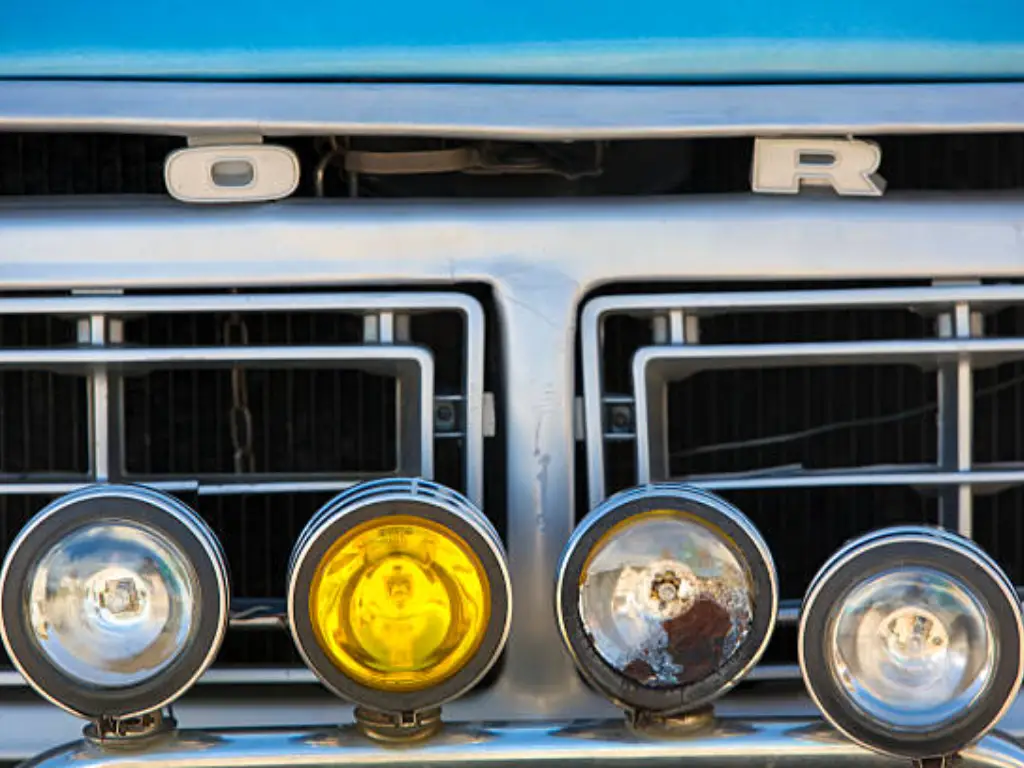With the development of LED in automotive lighting, both external and interior lighting has seen significant modifications in the last five to ten years.
With so many new applications for lighting, there has been a continued evolution in the sector of the automotive market. The use of LED lights is becoming commonplace in replacing halogen and xenon lights for headlamps and daytime running lights.
Here is a complete guide to car LED lighting that will give you a better understanding of the new technology used in cars.
The LED Technology in Automotive Lighting
Let’s discuss the impact of LED technology in automotive lighting in depth.
LED Technology
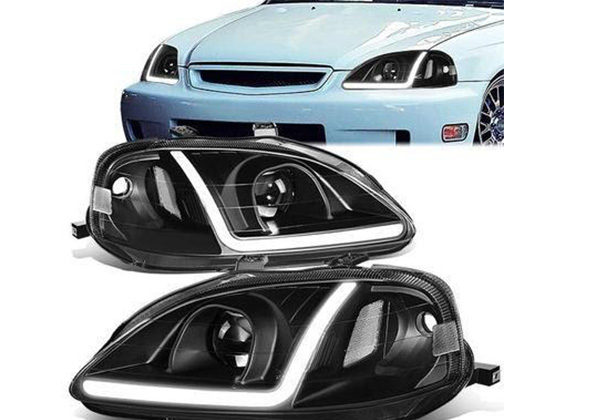
One of the most appealing features of the LED bulb is that it is the most energy-efficient option available. LED headlights need 15 to 18 watts of power, as compared to 55 to 65 watts for halogen bulbs and 42 watts for HID bulbs. They also have an unusually long lifespan of 30000-40000 hours, which means they might potentially last the whole life of the car, which is unheard of. LED lights use very little energy over the course of a drive.
When it comes to color possibilities, LED headlight bulbs have a very restricted selection. This is primarily due to a lack of demand for alternative types of headlight bulbs. The majority of drivers want their headlights to be a lovely, brilliant white color, so anything other would be a waste of effort.
The First Car With LED Lights
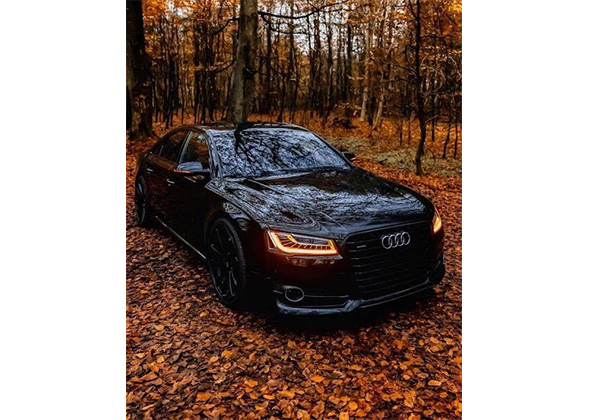
The Audi A8’s daytime running light (DRL) assembly was the first to incorporate automotive LED lighting. These lights endure a long time and use very little energy to produce a strong stream of light. In 2006, the Lexus LS 600h was the first vehicle to feature LED low lights.
The V10 Audi R8 was the first automobile to be totally furnished in LED lighting from front to back the following year. This was made possible by the addition of 25 LEDs to each headlight, with customizable settings to dim individual diodes as needed to prevent other drivers from being blinded.
LED Car Headlights
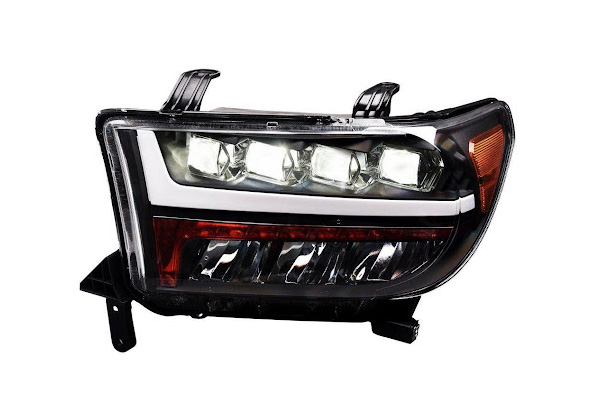
The LED headlamp, out of all the headlights on the market, uses the most unconventional way to generate light. Negative electrons collide with holes in a semiconductor to form a light-emitting diode, hence the name of the light. A photon is released when an electron enters a low-energy hole.
Auto LED lighting will warn you of threats in time for you to slow or stop your car, such as when a deer or opossum crosses the road or driving up dark, twisting slopes during graveyard hours. As a result, many drivers believe the LED headlamp to be the ideal solution because it emits white light that is both far-reaching and extensive without being overpowering.
LED Car Tail Lights
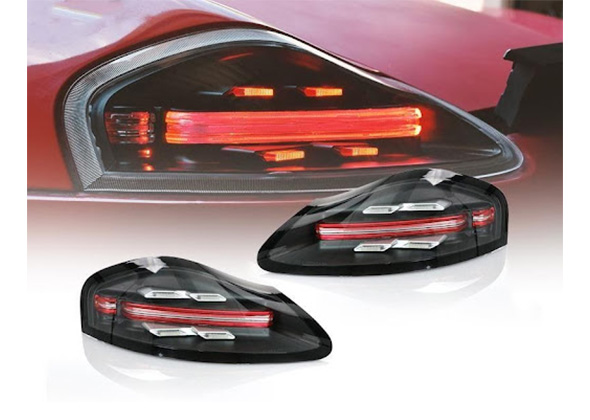
Because LED taillights are extremely durable, they may endure for ten years or longer. They are less prone to fracture than typical incandescent bulbs since they do not have a filament and the heat they produce is highly focused.
Focused beams from LEDs can be shaped in a variety of ways. LED lights are compact, which is advantageous to automakers because it makes each unit lighter and more adaptable to a variety of designs. Automakers aren’t confined to one idea when it comes to the shape of LED headlights because the light may be made in a variety of ways. As a result, automakers will be able to customize LED lighting to fit the look of certain car models.
LED Car Fog Lights
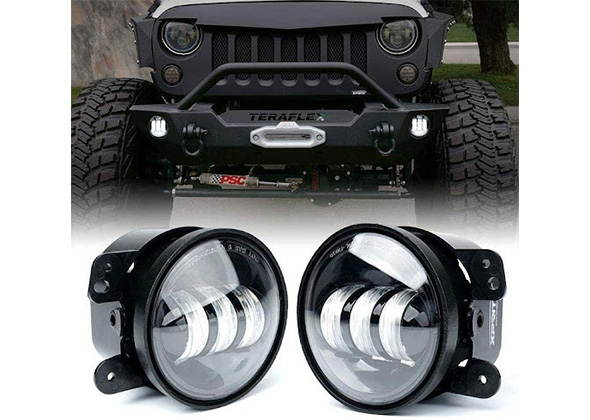
The most energy-efficient LED fog light bulbs are those that use less energy than halogen lamps. They also last longer and are perfect for usage in inclement weather. They are more effective than headlights. Even if your headlights are of excellent quality, they may reflect fog and reduce visibility.
LED Under Car Lights
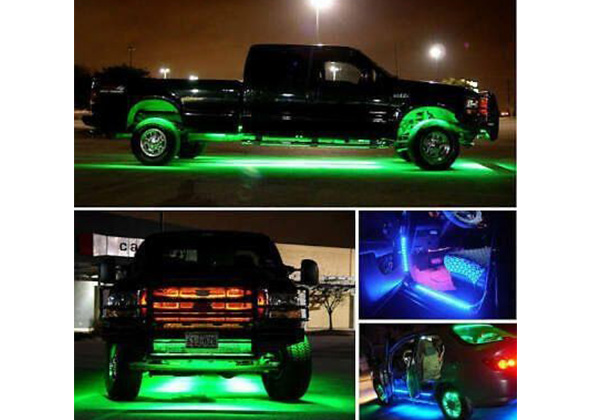
Undercar lighting is used in the automotive industry to describe neon or LED aftermarket car customizing in which lights are mounted to the underneath of the chassis to illuminate the ground beneath the vehicle. It has become popular in car exhibitions as a way to make automobiles look more appealing.
LED Interior Car Lights
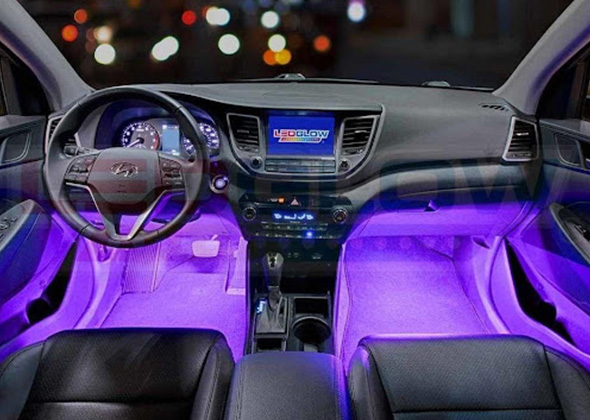
The most significant benefit of LED interior lighting is its long lifespan. According to some research, LED lights can last up to 25 times longer than incandescent lamps. LEDs are more energy-efficient than conventional types of lamps. Up to 90% of the energy used by an incandescent bulb is wasted as heat.
LED Vs Halogen Vs HID Headlights
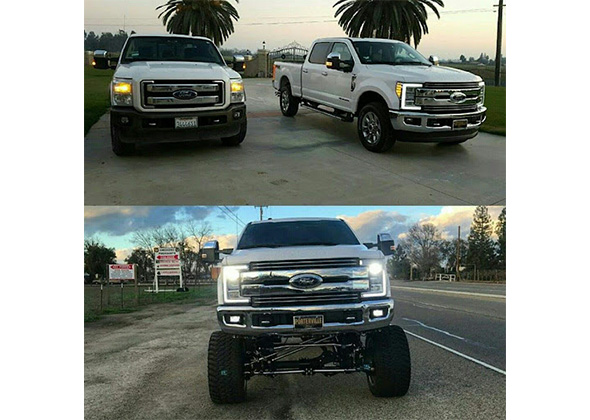
Each of these varieties of LED, halogen, and HID car lights, has its own set of advantages and disadvantages.
To begin with, halogens are known for their low cost, but they are also known for being fragile and having a limited lifespan. Because of their low cost and widespread popularity, it’s safe to assume that halogen lights will continue to be the preferred option for most manufacturers for many years to come. Despite competition from HID and LED lights, halogen lights will most likely remain the most common type of headlamp owing to their cost-effectiveness.
Meanwhile, HIDs have a high lumen output, but this makes them energy-intensive, in addition to the high light possibly blinding oncoming drivers. Furthermore, HIDs are a fire hazard due to the tremendous levels of heat they emit, especially if fitted poorly. Most car models employ HID lighting just for the low beams, with a separate set of halogen lights for the high beams. This is due to the fact that high beams must be turned on and off quickly, which HID cannot do.
LEDs are brighter, last longer, and produce less heat than halogens and HIDs. LED bulbs have one disadvantage: they have a greater production cost, which explains why they are more expensive on the market.
Although LEDs do not generate as much heat as halogen headlights, they do generate a small quantity of heat at the emitter when an electric current is passed through. Because this location is close to a number of sensitive cables and other electrical components, other parts may be damaged as a result. To avoid melting, LED headlights require cooling in the form of fans and heat sinks.
LEDs are in a solid-state, unlike halogen and xenon HID lamps, which require gas to function. This is what makes them so long-lasting. In fact, you could theoretically utilize LED headlights for decades without having to worry about maintenance costs. The light emitted by an LED is around two millimeters in diameter. LED headlights outperform halogens in terms of brightness and coverage, covering long areas of territory with a whiteness intensity that rivals HIDs.
Furthermore, replacing halogen headlights with LEDs is a straightforward process that does not necessitate any specific understanding. The primary disadvantage is the price. They are more expensive than halogen and xenon HID lamps combined.
Advantages of LED Car Lights
Below are the key advantages of LED car lights:
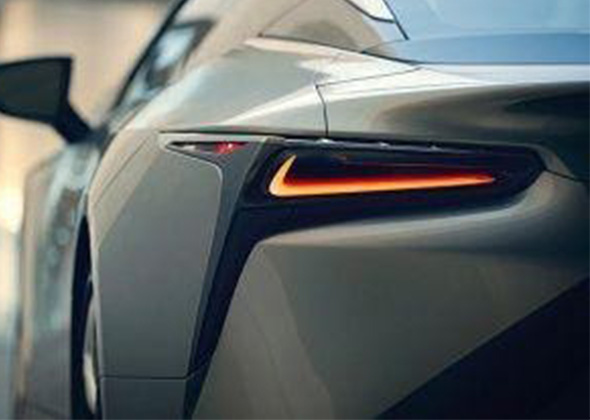
Energy Efficiency
LED car lights are far more energy-efficient than halogen and other types of headlights since they require less energy from your vehicle, increasing fuel efficiency and saving you money. It even emits two times more visible light than standard halogen bulbs, allowing for a crisper and more effective vision of the road at night.
The LED lights’ energy consumption is undeniable. They are limited to a maximum of 7 watts and a minimum of 3 watts. Halogen lights require 55 watts, while Xenon requires 35 watts. As a result, LED lights are thought to be particularly energy-efficient.
Lifespan and Durability
These lights have a lifespan of more than 22 years, which is five times that of halogen and incandescent bulbs. Furthermore, these lights provide the highest level of durability, efficiency, and sustainability. The demand and popularity for these lights have increased dramatically in recent years as a result of their numerous advantages.
Easy Installation
LED lights are now a lot easier to install, so you won’t need a mechanic’s help. It will only take you around 20 minutes to an hour to effectively install the lights on your vehicle, which will save you time and money.
Accidents caused by low light or visibility in the early morning, foggy circumstances, or heavy downpours can be avoided with the installation of LED headlights. So, with high-quality Car LED Headlights, you can provide your car with the maximum level of security and visibility.
Lighting Efficiency
LED lights are made to be more durable and efficient. As a result, they can provide you with a clearer light than other types of automotive lighting. The H4 180W LED lamp produces 6500K and has high brightness. They also have over 18000 lumens, which means you can see better at night.
Cooling System
LED headlights have a fantastic inbuilt cooling mechanism that prevents them from overheating. As a result, you may expect a long period of service from them. They also have a heat dissipation structure made of aluminum, which provides an additional thermal management mechanism.
Waterproof
LED lights are designed to be completely waterproof. Even a drop of water cannot reach the internal bulbs of these waterproof LED headlights. They are made of the most up-to-date waterproof technical materials. As a result, the metallic components of the LED lights are not at risk of rusting.
Color Options
If you despise the monotony of one-color lighting, car LED bulbs are for you. They come in a variety of colors for you to select from. From red, blue, orange, yellow, and white amber colors to choose from you are well covered and can’t miss your favorite.
Disadvantages of LED Car Lights
The shortcomings of LED car lights are as stated below:
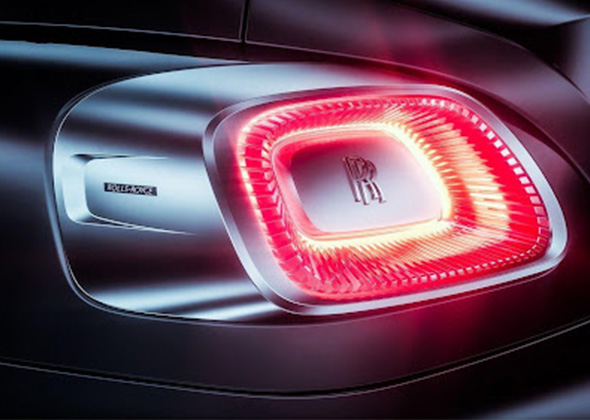
Heating
LED lights generate heat, which necessitates the use of cooling devices. Despite the modest size of the light, the cooling unit might be fairly large and hefty. This cooling system is also what raises the price of LED lights.
Blazing Light
LED lights emit a lot of light. They may provide stronger lighting than traditional halogen lights, but they also have the potential to dazzle approaching motorists and pedestrians crossing the street. Therefore, if your car contains LED lights, you should utilize them carefully. It is not a good idea to use a high beam on any form of light.
Snow or fog
There is a greater probability of reflection from white objects when using white LED lights. White lights might be a pain if you’re driving through snow or fog. The light and glare will be reflected in your eyes by the snow and fog. Cars using traditional bulb fog lamps, on the other hand, can perform better in such a situation. If you live in an area where snow and fog are common, we recommend that you have both types of lighting on your car.
Cost
When compared to traditional halogen lights, LED lights are relatively expensive. They are more durable and provide superior illumination. It is up to you to determine whether or not you require them.
Why You Should Get Into the LED Car Light Business
If you’re looking out for a new business, the LED car light business may just be the right one for you due to the following reasons:
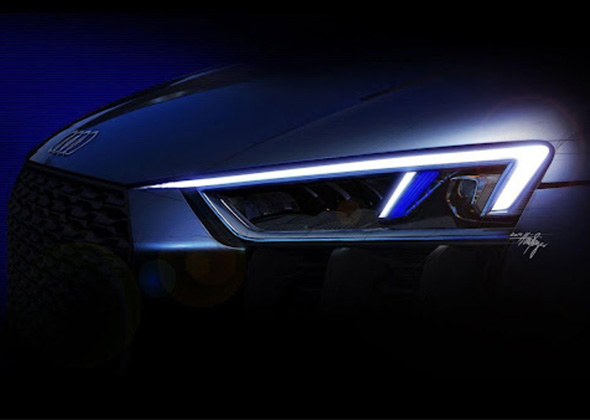
Opportunities
The global Automotive Lighting Market is expected to grow at a CAGR of 5.3 percent from USD 27.0 billion in 2020 to USD 34.9 billion in 2025. Some of the primary drivers driving the growth of the automotive lighting market are an increase in luxury and SUV sales, as well as advancements in lighting technology.
The miniature LEDs work with lenses, and reflectors connected in series are individually triggered, disabled, or dimmed depending on the situation. As a result, the system is able to react accurately to other vehicles. It uses a camera to distinguish other vehicles and brightly brightens the road. Audi’s Matrix LED headlights, for example, collect their information from a camera, the navigation system, and other sensors; it becomes quite a draw for customers.
Potential
Systems that regulate the direction of the beam to avoid blinding oncoming drivers have been introduced thanks to LED headlamp designs combined with sensing technologies. Meanwhile, engineers have been allowed to produce new forms and shapes for their vehicles thanks to the overhaul of the outside lighting setup.
The ability to incorporate lighting into panels and materials within the vehicle has resulted in a surge in ambient and useful lighting. This not only gives vehicles a brand-unique vibe, but it can also help with safety functions by directing the driver’s attention to key locations.
Future of LED Car Lighting
Even though LEDs were a novel notion just ten years ago, they have swiftly become ubiquitous in the car industry, especially in Europe, where several countries require daytime running lights. As costs have decreased and developments have allowed greater flexibility, manufacturers have effectively implemented LED technology for rear lights, brake lights, indicators, and daytime running lights. Headlamps, on the other hand, have proven to be more challenging to use.
Thermal management and LED assembly at the light-engine level have been the main stumbling hurdles, but recent breakthroughs have allowed the next generation of LED-based headlamps to enter production.
Osram, one of the leading producers of automotive lighting systems, collaborated with Hella and Audi on the R2D2 project, which was funded by the German Federal Ministry of Education and Research and aimed to develop revolutionary lighting technologies.
A backlight prototype was displayed at CES 2016 as a consequence of research into flexible OLEDs as part of the project. Project partners estimate that this technology will be offered to the industry in a matter of years. Hella fashioned Osram’s revolutionary flexible OLEDs into three-dimensional modules, which were then fitted into rear lights in accordance with an Audi design.
Things to Consider When Importing/Wholesaling Automotive LED Lights
Keep in mind the below key considerations while importing the automotive LED lights:
Custom LED Car Lights That Are Compliant
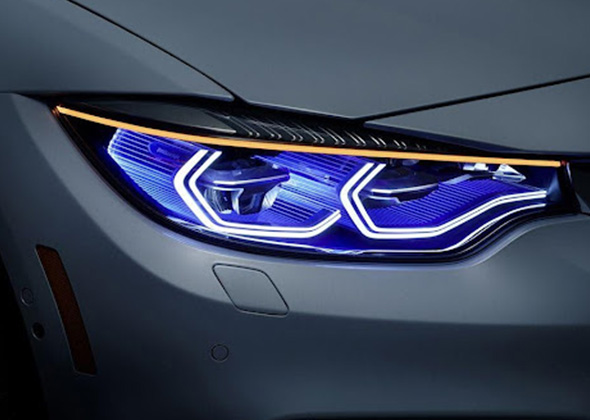
It is important to remember that LED light devices frequently offer reliability and safety when they are customized to suit a particular car’s requirements. More importantly, they need to be compliant with the safety standards and the functionality standards of the market to ensure the fine quality of the product.
When a price appears to be too good to be true, the possibility of avoiding necessary certification can result in major headaches. ETL, cULus, or CSA safety certification is required for all electrical equipment marketed in most countries.
Many LED lighting devices are currently being sold in the market that are not certified to minimum standards. Various manufacturers are constantly working to enhance the certification process and environment, with the goal of ensuring product quality and public safety through regulatory requirements. However, occasionally, and perhaps unwittingly, importers sabotage certification.
Unintentional radiators are often electronic gadgets that feature a chip. As a result, before being imported into the United States, LED lighting goods must conform to FCC regulations. Radiated emission, for example, must be confined to between 30 and 10000 MHz.
Certain certifications are required if the equipment plugs in, screws in, or connects directly to “Line Voltage.” Always install lighting with suitable certification to qualify for rebates, comply with insurance policy requirements, and simply prevent electrical mishaps and fires. Because of liability, most licensed electricians will not install products if they are not properly certified.
Know the LED Lighting Safety Standards/Certifications
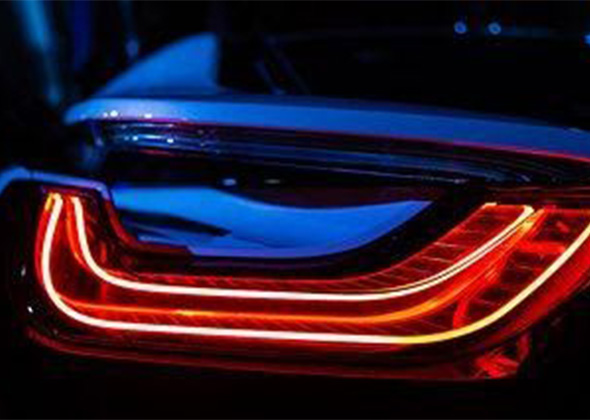
It is vital to know about the LED lighting safety standards and certifications to ensure the durability and reliability of the product. Only good quality products will take a hike in the market and those without any certification will fail to form a loyal customer base.
FFC
The Federal Communications Commission (FCC) regulates interference on communications networks and frequency spectrum for LED lighting goods imported and sold in the United States. FCC Part 15 covers both incidental and purposeful radiators, such as LED light bulbs that operate at specific frequencies.
Companies that are FCC-approved can assist you in ensuring that your LED lighting product is compliant before importing it into the US market. FCC part verification and Part 15 certification services for LED lighting devices are provided by testing organizations such as Intertek, Metlabs, and TUV.
It’s also worth noting that lab test results or certifications produced by testing businesses that aren’t FCC accredited may be invalid.
CPSC regulations
Seasonal and ornamental lights, such as Christmas light stripes, are governed by the Consumer Product Safety Act (CPSA). Before importing lighting products into the United States, importers must adhere to the CPSC’s safety criteria.
Many LED lighting devices have been recalled by the Consumer Product Safety Commission (CPSC) in the past owing to electrical shock hazards, light replacement hazards, and other safety concerns. Before importing and selling LED and other lighting items in the United States, it’s critical to have the product lab tested by a CPSC-approved testing facility.
UL Standards
Underwriter Laboratories (UL) is a company that creates safety standards for electronic devices, such as LED bulbs and other LED lighting. The majority of UL standards are optional. However, Amazon and a number of states in the United States require LED lighting to meet certain UL criteria.
Energy Policy and Conservation Act
The EPCA covers LED lighting items that are imported and sold in the United States. EPCA establishes required requirements for energy efficiency and production, as well as a statement of compliance with applicable standards.
Importers of LED lights must include a verifiable and legible energy efficiency label on the items and packaging. The label must carry the following information:
- The model of the maker
- Annual running costs estimated
- Estimated annual electricity consumption
- a list of key features
- Labeled with an energy star (if applicable)
Work With Trusted LED Vehicle Lights Manufacturers
Working with trusted LED vehicle light manufacturers will enable businesses to manufacture good-quality cars that comply with the standard of the brand. You can easily reach out to reliable OEM parts manufacturers that will help you get top-quality LED lights for your car manufacturing.
With Sunway Autoparts, you can be assured that you will receive high-end automotive LED lights. They are dedicated to supplying a complete selection of aftermarket components to our customers, particularly for vintage automobiles, motorbikes, and trucks, where production has likely ceased.
Conclusion
LED lighting for cars is one of the most popular upgrade options due to its attractiveness and numerous benefits. LED lights are recognized for having a long life duration, up to 20 years, which means they will more than makeup for the extra expense because you will rarely need to replace them. LED lights have the ability to enhance visibility, be energy-efficient, require less power from your vehicle’s electrical system, and are simple to set up.
Reach out to a trusted LED lights manufacturer for automobiles today, and get high-quality lights for your business.

